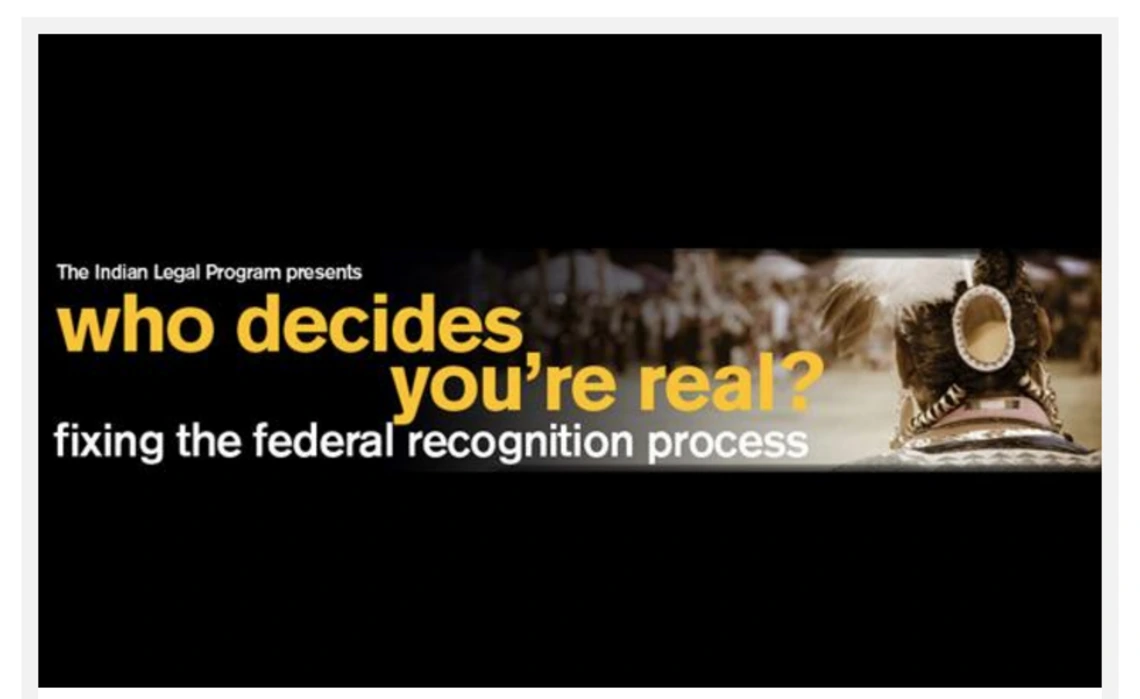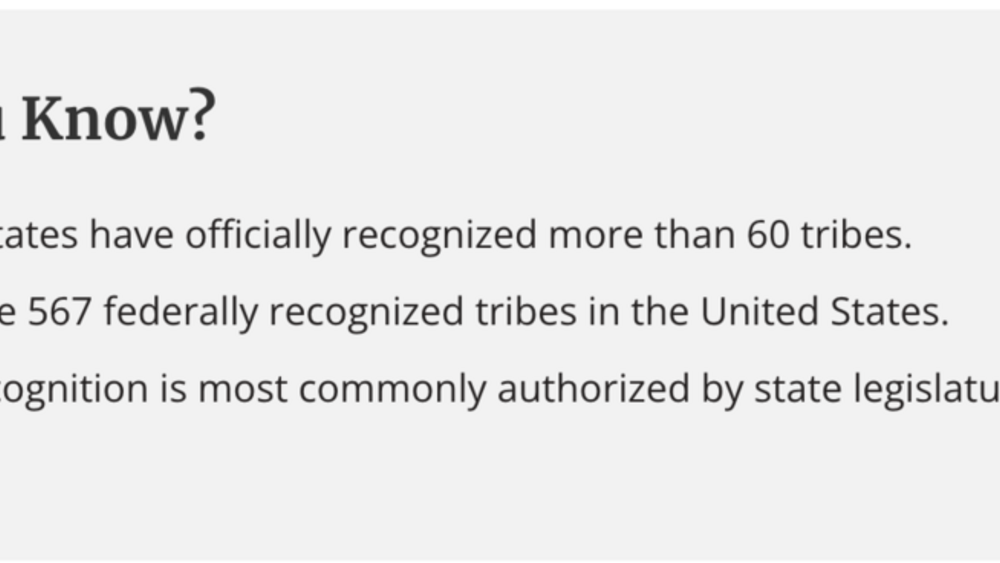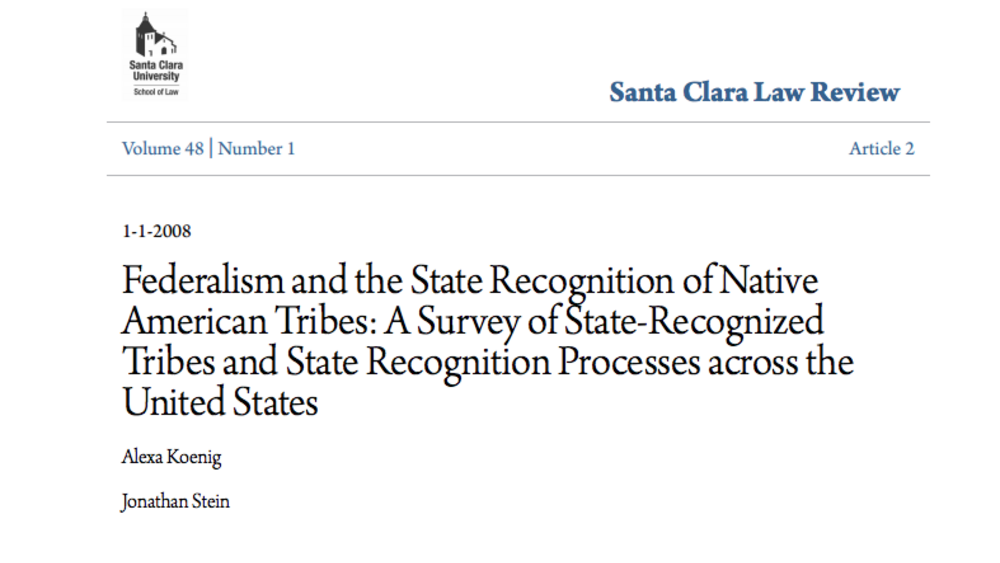The Shinnecock Indian Nation was petitioner number 4 on the Bureau of Indian Affairs’ list of tribes seeking federal recognition in 1978 soon after the agency established the seven criteria for recognition.
Thirty-two years and $33 million later in June 2010, the BIA acknowledged the Shinnecock Nation as an American Indian tribe with a government-to-government relationship with the United States’ and whose members are eligible to receive health, education, housing and other services provided to federally recognized tribes —- services the federal government is obligated to provide as a debt owed to the Indigenous Peoples in exchange for the loss of their lands...
Additional Information
Toensing, Gale Courey. "Federal Recognition Process: A Culture of Neglect." Indian Country Today. January 23, 2014. Article. (https://ictnews.org/archive/federal-recognition-process-a-culture-of-neglect, accessed April 11, 2023)




